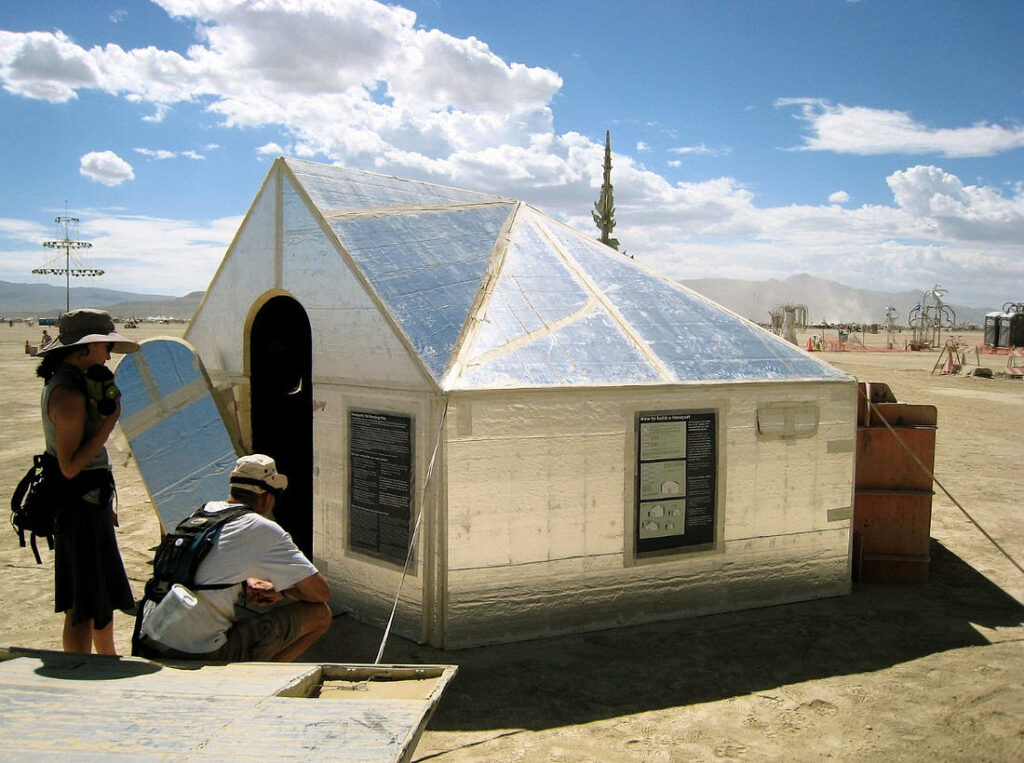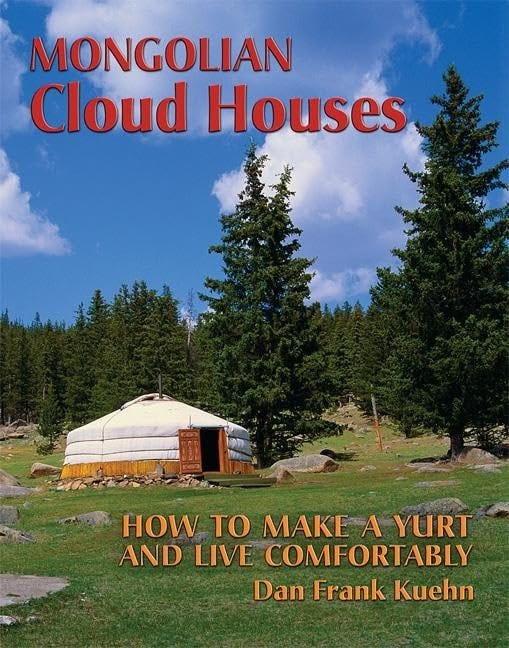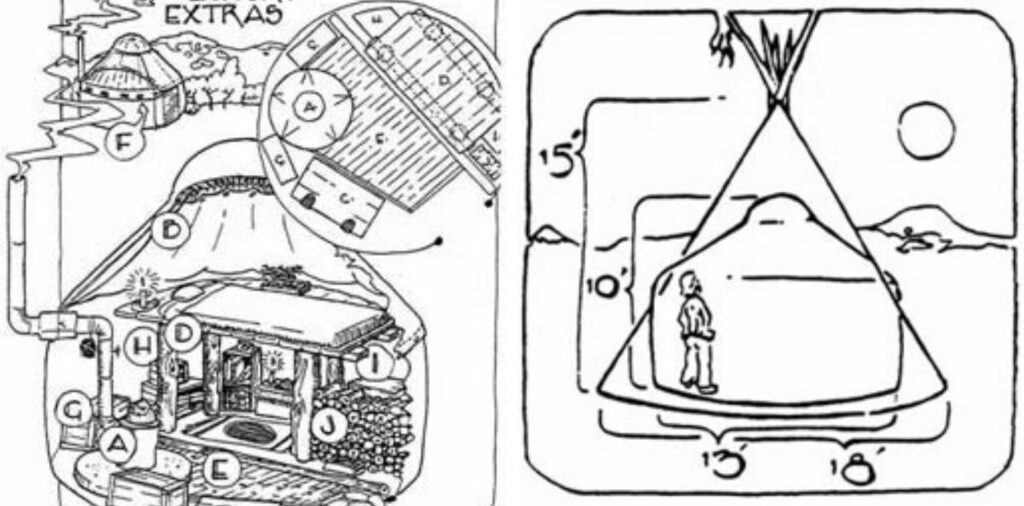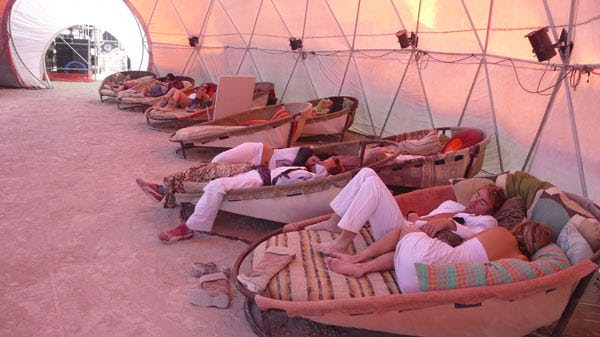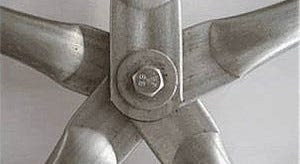Cycles
Tools for Possibilities: issue no. 65
Once a week we’ll send out a page from Cool Tools: A Catalog of Possibilities. The tools might be outdated or obsolete, and the links to them may or may not work. We present these vintage recommendations as is because the possibilities they inspire are new. Sign up here to get Tools for Possibilities a week early in your inbox.
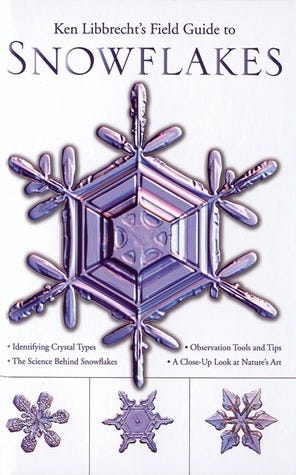
Know your snow
Ken Libbrecht’s Field Guide to Snowflakes
A gorgeous key to the surprising variety of snowflakes. There’s more diversity than you think. The taxonomy of snow is categorized succinctly here. You can also find the same information on the author’s densely packed website. He offers a companion book of a gallery snowflake photos, and prints, “wallpaper,” and US postage stamps! However this small book is the handiest form for all this goodness. — KK
- Stellar plates often show distinctive ridges that point to the corners between adjacent prism facets. When these ridges are especially prominent, the crystals are called sectored plates.The simplest sectored plates are hexagonal crystals that are divided into six equal pieces, like the slices of a hexagonal pie. More complex specimens show prominent ridges on broad, flat branches.
- Surprisingly, no one knows why snow crystals grow into these three-fold symmetrical shapes. (Note however that the molecular structure of triangular crystals is no different from ordinary six-sided crystals. The facet angles are all the same.)
- By growing snow crystals in the laboratory under controlled conditions, one finds that their shapes depend on the temperature and humidity. This behavior is summarized in the “morphology diagram,” shown above, which gives the crystal shape under different conditions.The morphology diagram tells us a great deal about what kinds of snow crystals form under what conditions. For example, we see that thin plates and stars grow around -2 C (28 F), while columns and slender needles appear near -5 C (23 F). Plates and stars again form near -15 C (5 F), and a combination of plates and columns are made around -30 C (-22 F).Furthermore, we see from the diagram that snow crystals tend to form simpler shapes when the humidity (supersaturation) is low, while more complex shapes at higher humidities. The most extreme shapes — long needles around -5C and large, thin plates around -15C — form when the humidity is especially high.Why snow crystal shapes change so much with temperature remains something of a scientific mystery. The growth depends on exactly how water vapor molecules are incorporated into the growing ice crystal, and the physics behind this is complex and not well understood. It is the subject of current research in my lab and elsewhere.
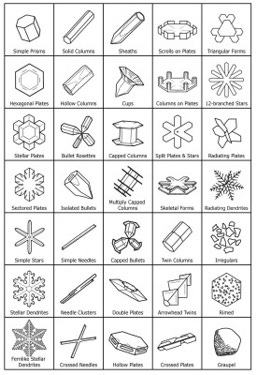
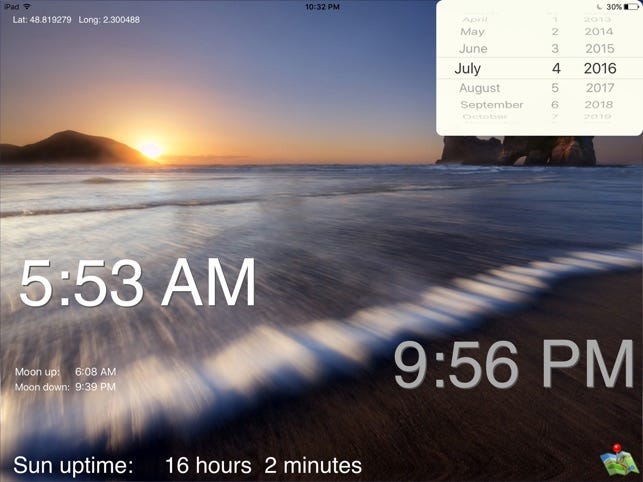
Simple iOS App Displays Sunset and Sunrise Times
This is a dead-simple iOS pp, whose sole function is to tell you what time the sun rises and sets. It has a scroll wheel in the upper right hand corner you can use to scroll backward and forward to see the sunrise and set times on a given day. It also shows the time until sunset during the day, and the time until sunrise at night, as well as the total hours of sun uptime. You can set it to show moonrise and fall, as well as the phase of the moon. There’s an icon for the current weather, and the highs and lows for your area are displayed as well. It’s not as useful as a full-fledged weather app though, but it does give you a nice idea of what it’s like out there.
I find it useful for knowing when to let my very spoiled pet chickens out of their coop, and getting some idea of when they’ll stop laying for the winter, and start up again in the spring. You can localize it fairly easily. If you are traveling and need to know the various rise and fall times for, say, scenic Ulan Bataar, you touch the map icon and move the pin there. Sure, I can look out the window and find out what’s happening now, but for precise information for other times and places, this app is marvelous. And I can do things like discover when the actual equinox is at my house. Turns out that we get 12 hours of daylight and 12 hours of night on March 17th. — Amy Thompson
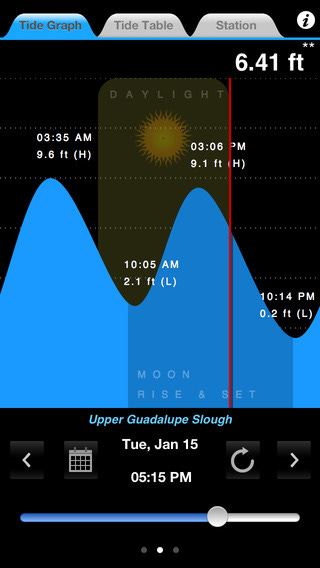
Tidal updates
Tide data, like time and gps coordinates, now flows freely almost anywhere you desire, so there is no reason not to tap into this stream. Plugged into the data I feel more in tune with the outside, and better prepared when I head to the shores. Most people in the US (and the world) live near a coastline. This will come in handy.
There are many free tide apps out there. For instance, TideApp is free and works on iPhone, Android, the web and as a widget for Mac and Windows. It gives you basic tide tables but has not been updated in a while. I prefer TideTrac which costs $3 (iPhone app) for several reasons. 1) It will give me the tides for the location where I am when I ask, 2) It works even when I am out of cell range (by storing a cache), 3) I can look up tides a year in advance, 4) it gives sunrise/set, moonrise/set data, and 5) I can get a lovely and revealing monthly view of the tides as well.
The interface is smart and fast. — KK
12/18/23





